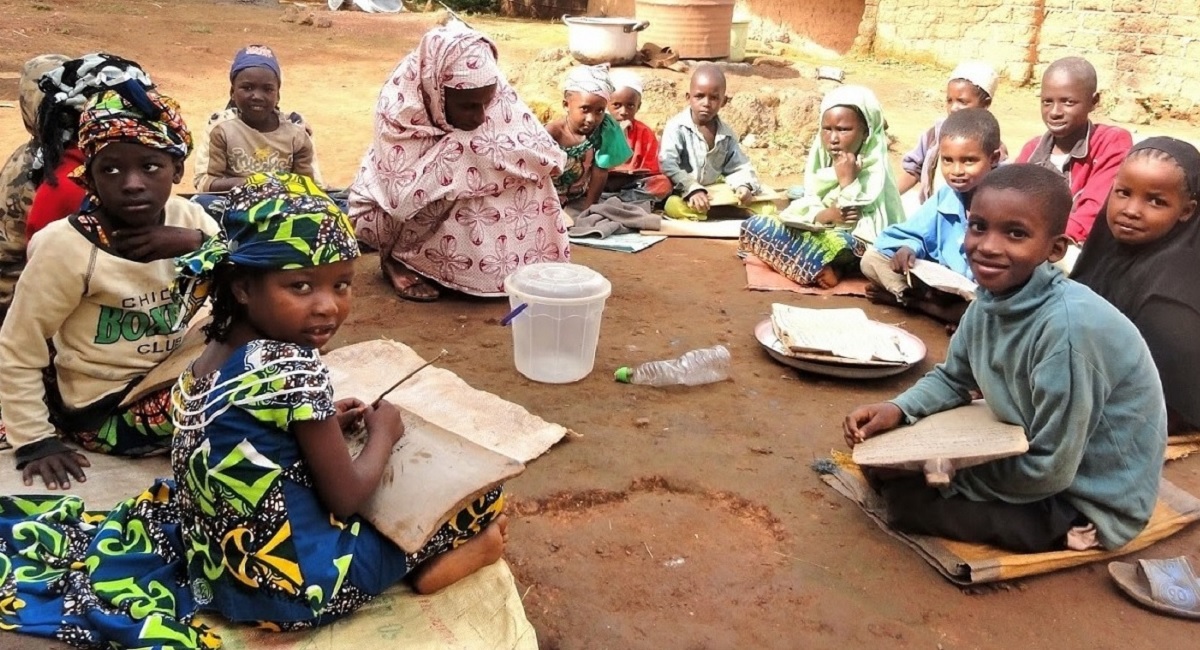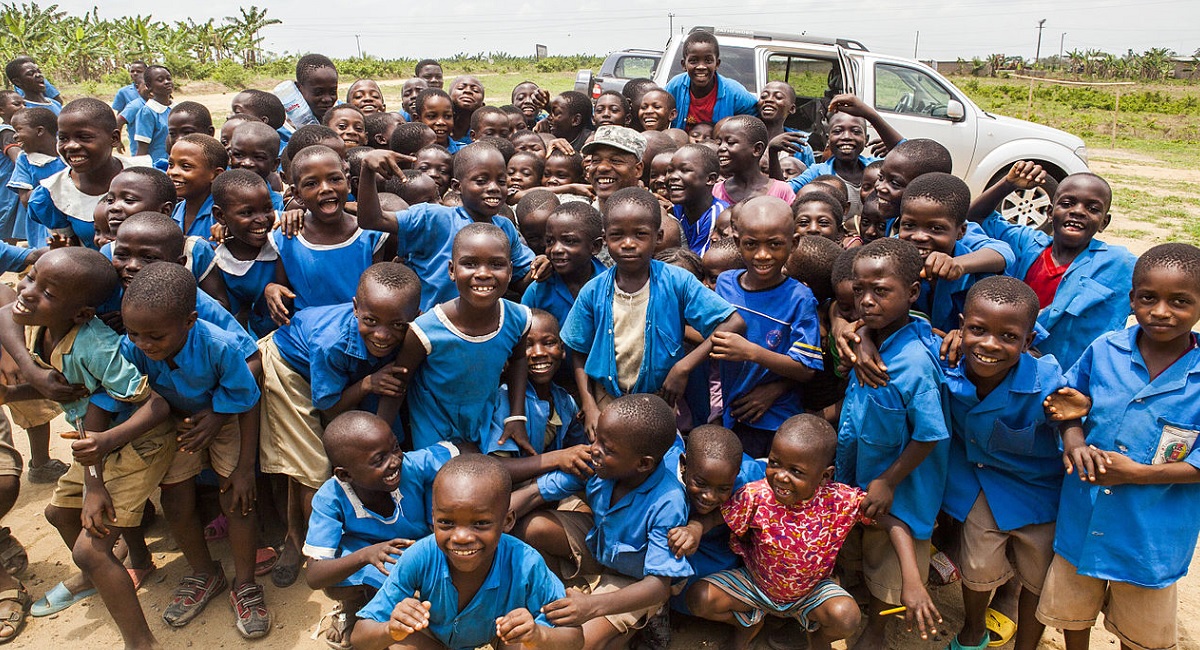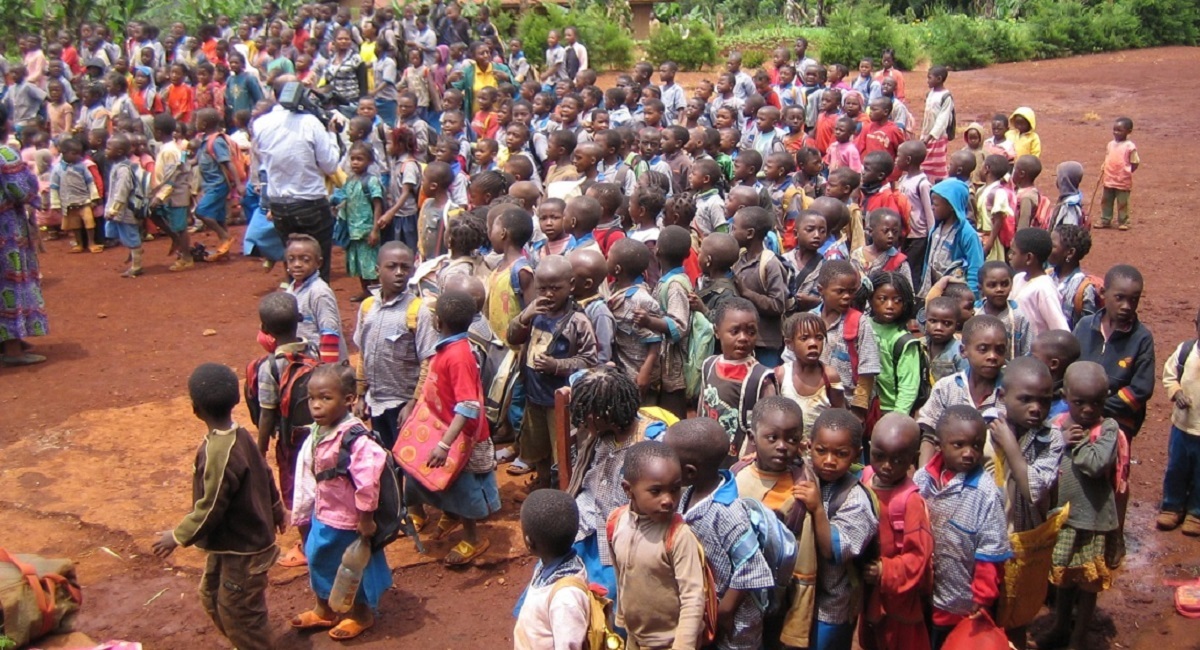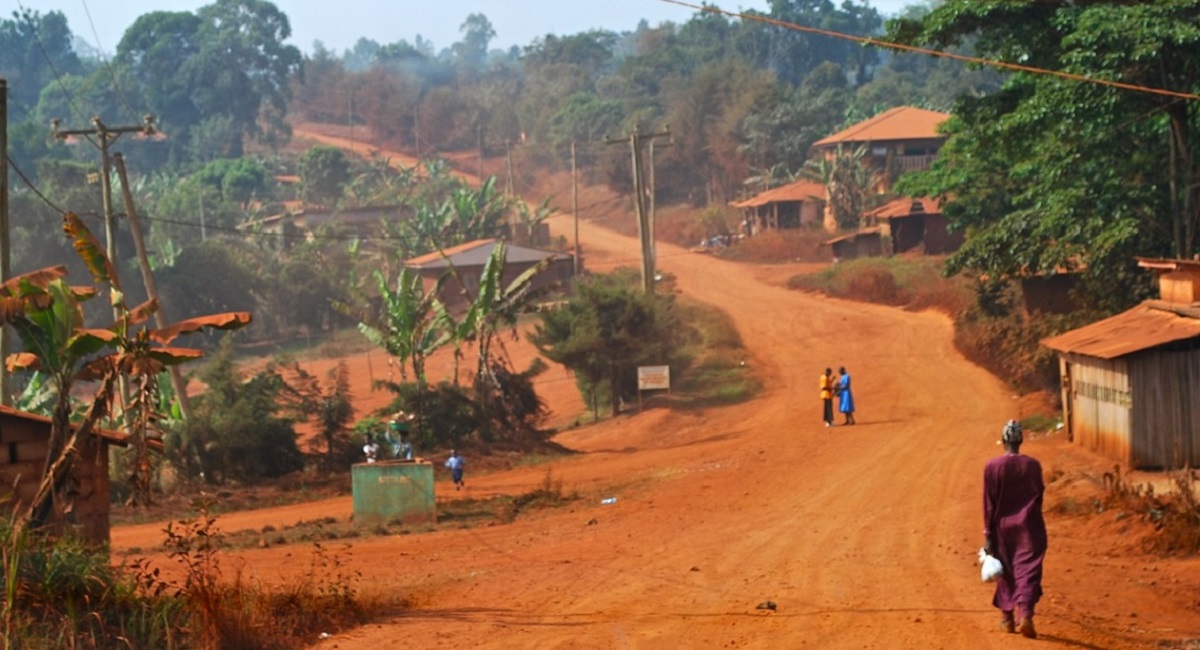
Centre
Total Population: 1,817,524 (GeoHive)
Out of School Children in the country: 842,000 (DHS)
Challenges: Overcrowded Classroom - Lack of Schools Infrastructure
The Cameroon most recent household survey (ECAM III), undertaken in 2007, revealed that poverty
affected an estimated 39.9 per cent of the population, compared with 40.2 per cent in 2001, and that 55
per cent of the country poor people live in rural areas. The ECAM III survey also found that significant disparities
in poverty trends had emerged between 2001 and 2007. In urban areas, poverty showed a marked decline points
particularly in the cities of Douala and Yaound�. In contrast, in rural areas, poverty had grown by 3 points, especially
in the North. On top of that, lack of primary schools is aggravating the situation particularly in the region of Adamaoua.
The region of Centre has a population of 1,817,524 (GeoHive) and 20-30%
out of school children between the ages of 7-14 according to the Demographic and Health
Survey. The region is in serious threat to fall behind and is in needs more than 20 schools we believe
to keep our promised made to children around the world to eradicate illiteracy through the Power of Soccer.

Nord-Ouest
Total Population: 1,900,547 (GeoHive)
Out of School Children in the country: 588,000 (DHS)
Challenges: Overcrowded Classroom - Lack of Schools Infrastructure
This seems like a pretty obvious one � if you don�t have a classroom, you
don�t really have much of a chance of getting a decent education. But again, that�s a
reality for millions of children worldwide mostly in Sub-Saharan Africa. Children in Cameroon
for example are often squeezed into overcrowded classrooms, classrooms that are falling apart, or
are learning outside. Another alarming barrier to education in the Nord-Ouest region is the simple fact
that there are more than 100 children per classroom according to UNESCO. It�s not just a lack of classrooms
that�s the problem, but also all the basic facilities you would expect a school to have � like running water and toilets.
The region of Nord-Ouest has a population of 1,900,547 (GeoNames) and 10% out of school
children between the ages of 7-14 according to the Demographic and Health Survey. The region
needs more than 20 schools to sustain its needs and keep our promises made to children around the world.

Ouest
Total Population: 1,865,394 (GeoHive)
Out of School Children in the country: 842,000 (DHS)
Challenges: Overcrowded Classroom - Lack of Schools Infrastructure
The high population density in west regions of Cameroon contributes to classroom overcrowding
and very often students must walk many miles to nearby towns in order to attend primary school for some
basic education. Overcrowded classrooms and few toilets, often without separation between boys and girls are
some of the problems facing primary school students in Cameroon according to UNESCO Institute for Statistics (UIS).
The West region of Cameroon has a population of 1,865,394 (GeoHive) and 10%
out of school children between the ages of 7-14 according to the Demographic and Health
Survey. The survey shows that a child in Cameroon is likely to study in an overcrowded classroom
that can number as many as 100 pupils. Moreover, many classes in the west region are multi-grade
and grouping children of different levels of education. The West region is in urgent needs of schools and
we anticipate more than 30 schools will be built by our schools construction program to alleviate the situation.

Est
Total Population: 824,204 (GeoHive)
Out of School Children in the country: 588,000 (DHS)
Challenges: Overcrowded Classroom - Lack of Schools Infrastructure
More than 52 per cent of people in poor households in Cameroon are women particularly
girls under 15 years of age according to UNESCO. According to ECAM III, only 18 per cent of rural
women have secondary-level education, and women living in the north and far-north regions receive the
least education - 12 per cent and 14 per cent respectively. The data from the East region of the country showed
that it�s not difficult to predict what the future holds for adolescent girls who never go to school or study at home.
The East region has a population of 824,204 (GeoHive) and 20% out of school children between the ages of
7-14 according to the Demographic and Health Survey. Those girls who don�t go to school will join the world�s 77
million young illiterate women, unable to read or write a simple sentence, let alone help their children with homework.



